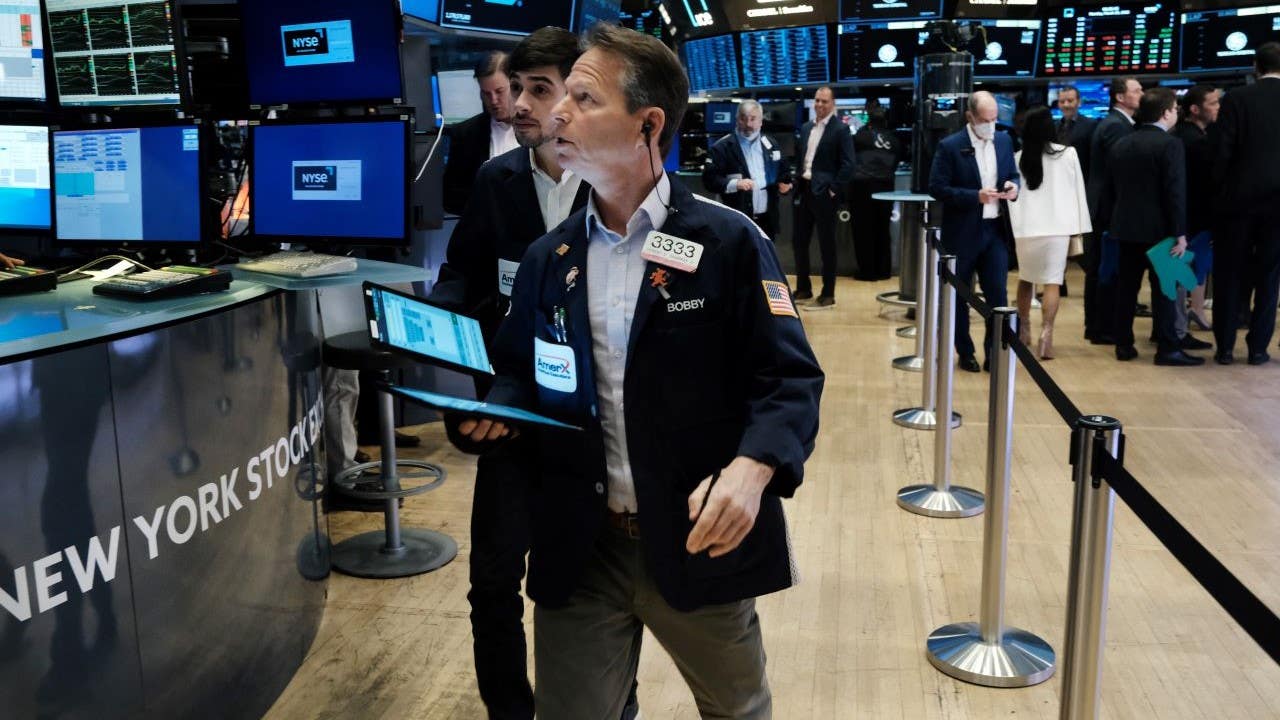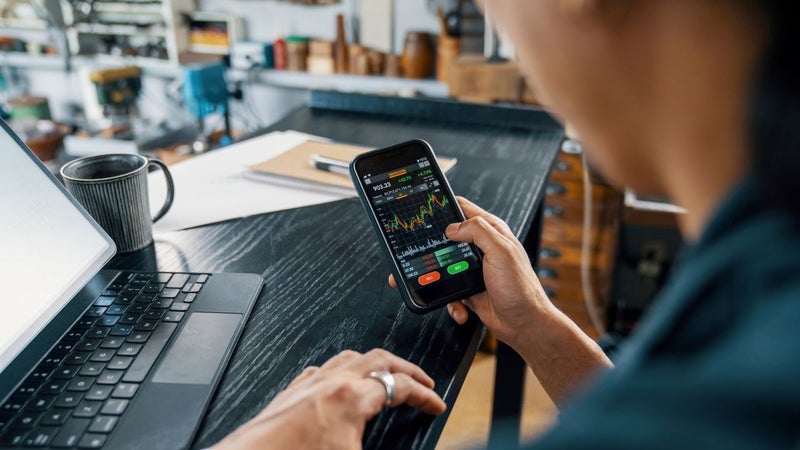What is the Russell 2000 Index?

The Bankrate promise
At Bankrate we strive to help you make smarter financial decisions. While we adhere to strict , this post may contain references to products from our partners. Here's an explanation for .
The Russell 2000 Index tracks the performance of roughly 2,000 of the smallest publicly traded companies in the U.S. The Russell 2000 is actually a subset of the Russell 3000 Index, which is much broader than the Russell 2000 and includes about 96 percent of the investable U.S. stock market.
The Russell 2000 is often looked at as a key economic indicator because of its focus on small companies that mostly do business in the U.S. It is often cited along with more popular stock-market indexes such as the S&P 500, the Dow Jones Industrial Average and the Nasdaq Composite.
What companies are in the Russell 2000?
The Russell 2000 is made up of small-capitalization companies, which means their market capitalizations, or the value of all outstanding shares, are less than that of companies included in better-known indexes, such as the S&P 500 or the Dow, that track larger companies.
The median market cap of a company in the Russell 2000 was about $950 million at the end of 2022, according to FTSE Russell, which manages the index. That compares with a median market cap of $2.02 billion for the broader Russell 3000 Index.
Here are the top 10 companies that make up the Russell 2000 as of December 31, 2022:
- Halozyme Therapeutics (HALO)
- Shockwave Medical (SWAV)
- Inspire Medical Systems (INSP)
- EMCOR Group (EME)
- Crocs (CROX)
- Matador Resources (MTDR)
- Iridium Communications (IRDM)
- Murphy Oil (MUR)
- Agree Realty (ADC)
- Texas Roadhouse (TXRH)
What does the Russell 2000 measure?
The Russell 2000 measures the stock performance of the roughly 2000 companies that are included in the index. It is a market-capitalization weighted index, which means that the amount that each company accounts for in the index is determined by the size of the company’s market cap, or the total value of its shares outstanding. A company’s weighting in the index rises and falls with the performance of its stock.
The index is widely used by active investors in the small-cap space for benchmarking their performance. For instance, if you invest in a small-cap mutual fund that is actively managed, it will likely compare the performance of the fund to that of the Russell 2000 to determine whether the fund’s active strategy added value for its shareholders.
Can you invest in the Russell 2000?
Though you can’t invest directly in the Russell 2000 Index, you can invest in mutual funds and ETFs that track the index. Fortunately these funds are typically available for very low costs.
One popular ETF is the iShares Russell 2000 ETF (IWM), which gives investors diversification within the small-cap universe for an annual fee of 0.19 percent. Another ETF that tracks the index is the Vanguard Russell 2000 ETF (VTWO), which comes with an expense ratio of just 0.10 percent.
How does a company get included in the Russell 2000?
To be included in the Russell 2000, a company must first be in the Russell 3000, which includes about 96 percent of the U.S. stock market. FTSE Russell then ranks those companies by their market cap, and the bottom 2,000 make up the Russell 2000 Index. The top 1,000 companies make up the Russell 1000, which tracks large-cap companies.
Throughout the year as new companies go public that qualify for the Russell 2000, they are added to the index, sometimes pushing the number of component firms above 2000. Once a year, the index goes through a process known as reconstitution, where companies are added or removed based on their current market cap.
What is the difference between the Nasdaq Composite and the Russell 2000?
While both are stock-market indexes, there are some differences between the Nasdaq Composite Index and the Russell 2000. Nasdaq is an electronic exchange where people can buy and sell stocks. The Nasdaq Composite index includes all the companies that trade on the Nasdaq exchange, which consists of many technology companies and companies tied to the internet.
In the same way that the Russell 2000 is used to measure the performance of smaller U.S. companies, the Nasdaq Composite index is often used to measure the performance of technology-related shares. Other popular indexes include the S&P 500 and the Dow Jones Industrial Average, both of which track mostly large and profitable companies. The S&P 500 tracks about 500 businesses, while the Dow tracks just 30.
Is the Russell 2000 overvalued?
Questions around the valuation of the Russell 2000 or any index will always depend on how the companies that make up the index are valued. Theoretically, businesses are worth the present value of their future cash flows, or profits. However, at any point in time stock prices may deviate dramatically from their true, or intrinsic values. There are different ways of looking at the valuation for an index, but one of the most popular measures involves looking at the price-earnings multiple.
Based on earnings estimates for the next 12 months as of January 2023, the Russell 2000 traded for a price-earnings multiple of about 23, according to Birinyi Associates. It is important to remember that this ratio is based on earnings estimates, so actual earnings may end up being higher or lower.
Like most stock indexes, the Russell 2000 performed extremely well following the initial concern surrounding the global pandemic, but it fell more than 20 percent in 2022 as rising interest rates and a possible recession worried investors. Over the past year, the index has fallen by 7 percent as of Jan. 25, 2023.
Bottom line
The Russell 2000 Index measures the performance of about 2,000 of the smallest publicly traded companies in the U.S. and is a popular way to track the small-cap investing universe. Investors looking to capitalize on its performance can buy low-cost mutual funds and ETFs that track the index.
